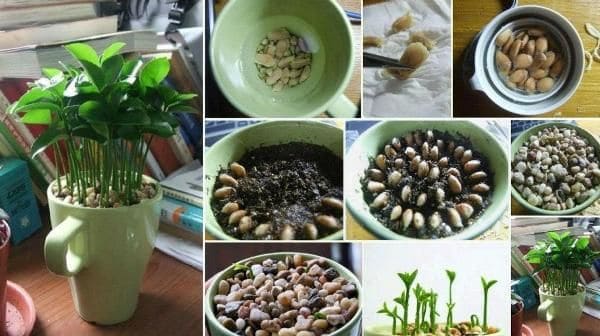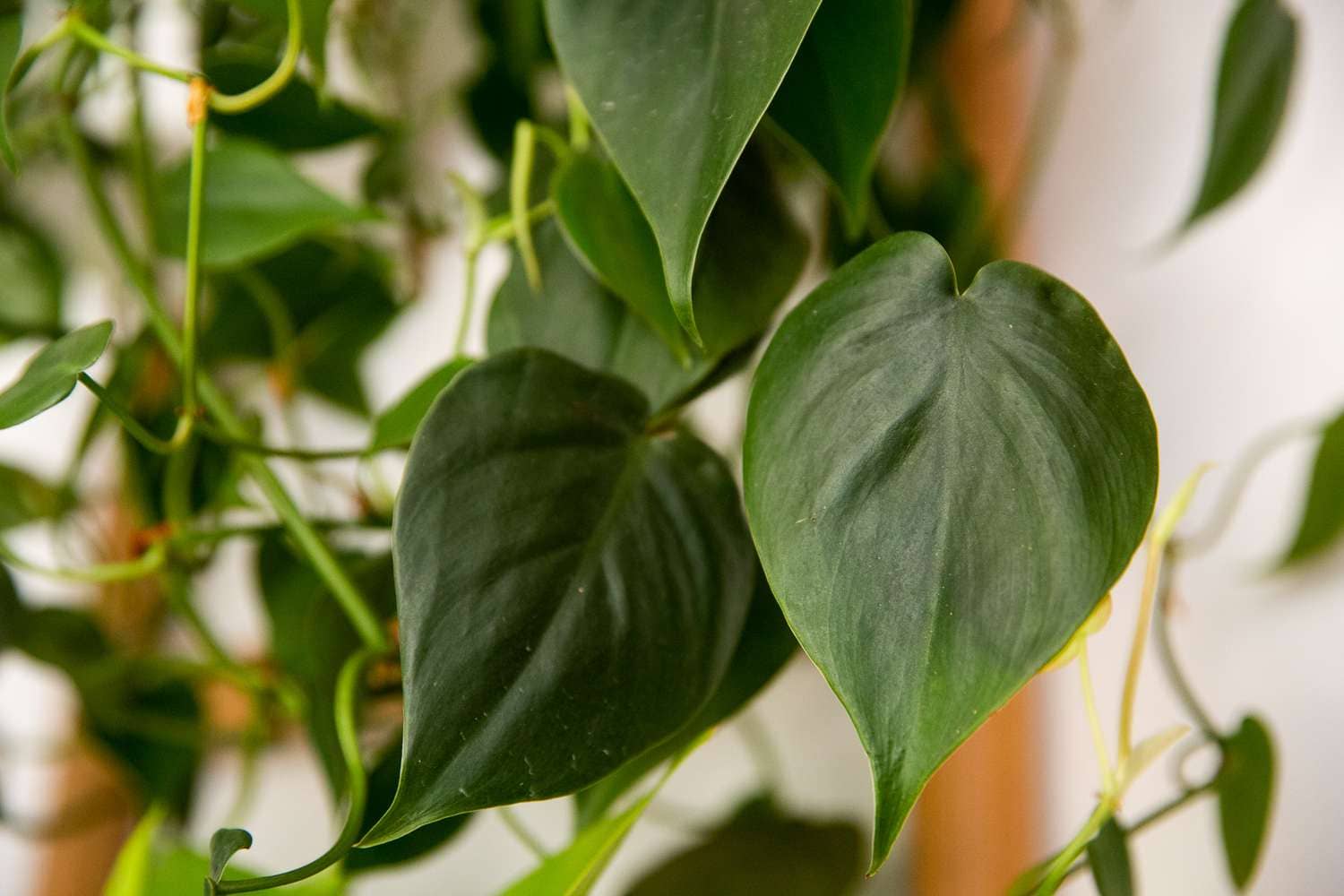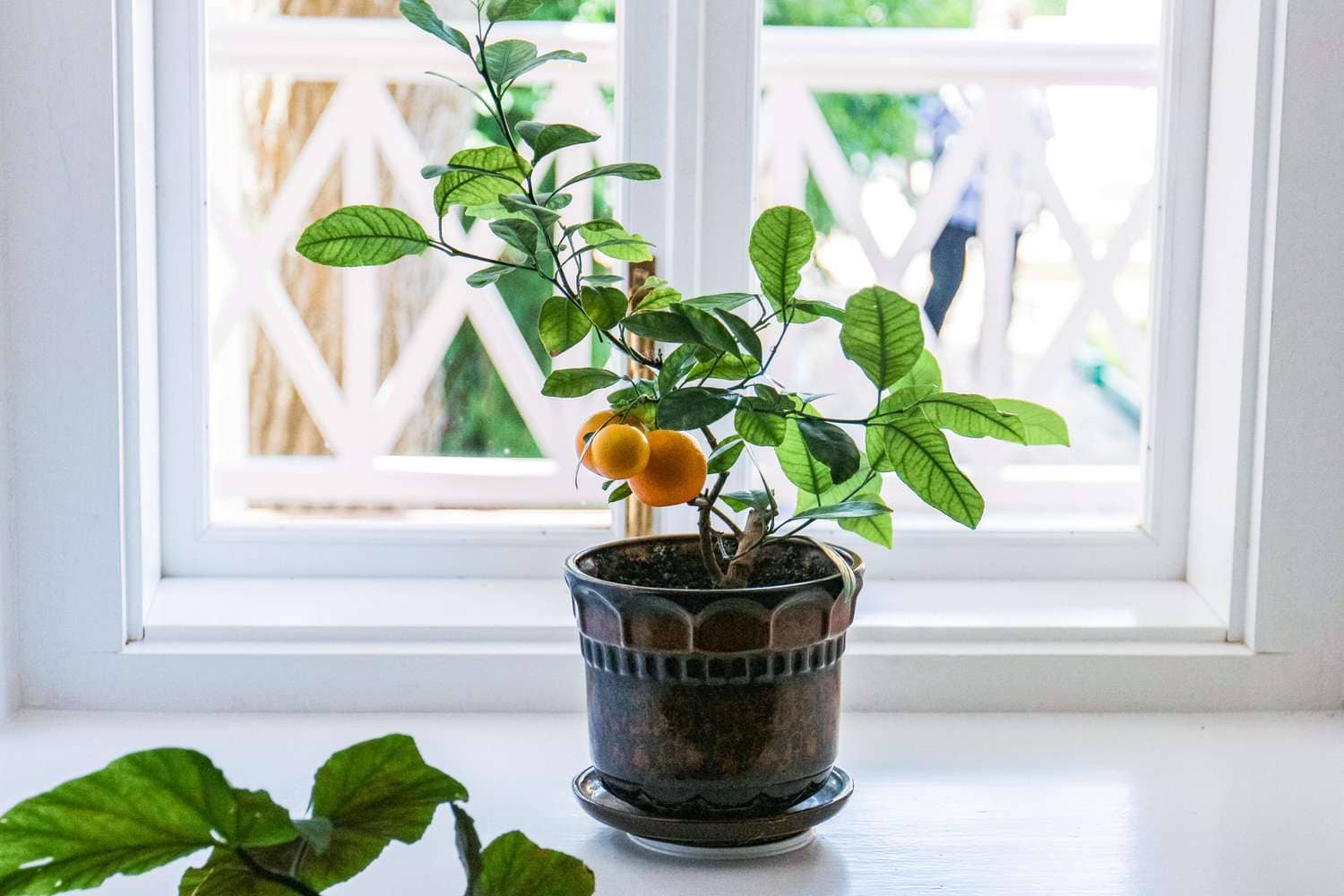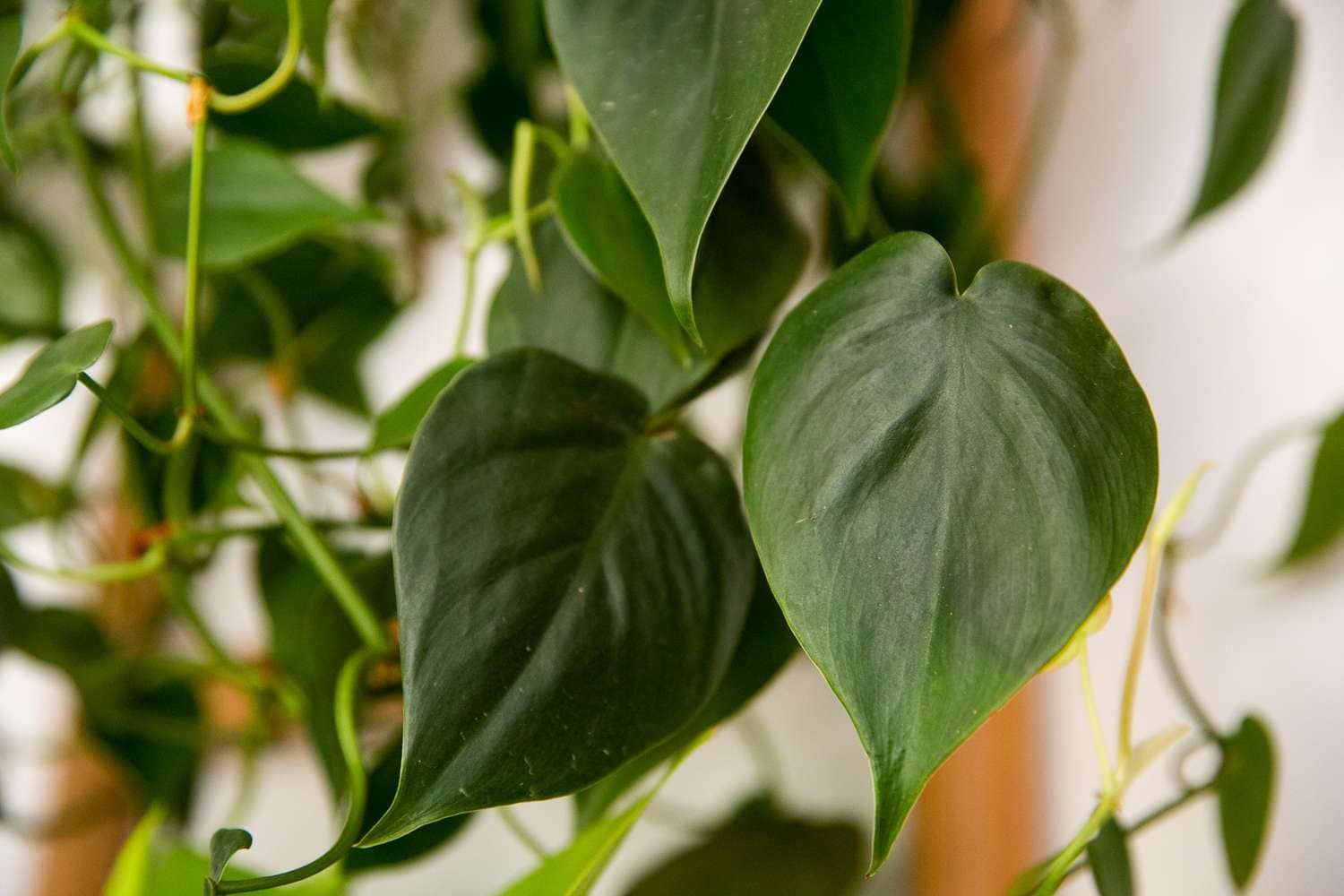Introduction: Rhaphidophora decursiva, a striking member of the Araceae family, has been captivating plant enthusiasts with its unique foliage and easy care requirements. In this comprehensive guide, we delve into the world of Rhaphidophora decursiva, exploring its origins, ideal growing conditions, propagation methods, and essential care tips.
Origins and Habitat: Native to the lush tropical rainforests of Southeast Asia, particularly Thailand, Malaysia, and Indonesia, Rhaphidophora decursiva thrives in warm and humid environments. In its natural habitat, it can be found climbing trees or rock faces, utilizing its aerial roots for support. This epiphytic plant has adapted well to various growing conditions, making it a popular choice for indoor cultivation worldwide.
Appearance: One of the most striking features of Rhaphidophora decursiva is its foliage. The leaves are lance-shaped, elongated, and deeply lobed, resembling the tail of a mythical dragon, hence its common name. The glossy, dark green surface of the leaves adds to its allure, while the prominent veins give it a unique texture. As the plant matures, it develops fenestrations or natural holes in its leaves, further enhancing its ornamental value.
Ideal Growing Conditions: To ensure the health and vitality of Rhaphidophora decursiva, replicating its natural habitat is key. It thrives in bright, indirect light, making it an excellent choice for indoor spaces with ample natural light. However, it can tolerate lower light conditions, albeit with slower growth. Maintaining a consistent temperature between 65°F to 80°F (18°C to 27°C) is ideal, avoiding drastic fluctuations.
While this tropical plant enjoys high humidity levels, it can adapt to average household humidity. Regular misting or placing the plant on a pebble tray filled with water can help increase humidity levels, especially during dry periods or winter months.
Well-draining soil is essential for Rhaphidophora decursiva to prevent waterlogging, which can lead to root rot. A mix of peat moss, perlite, and orchid bark provides adequate drainage while retaining moisture.
Air layering involves creating a wound on a mature stem, wrapping it in sphagnum moss, and enclosing it in plastic to encourage root growth.
Care Tips:
- Watering: Allow the top inch of soil to dry out between waterings, then water thoroughly, ensuring excess water drains away.
- Fertilization: Feed Rhaphidophora decursiva with a balanced liquid fertilizer diluted to half strength every 4-6 weeks during the growing season.
- Pruning: Trim yellowing or damaged leaves to maintain the plant’s aesthetic appeal and encourage new growth.
- Support: Provide a trellis or moss pole for climbing as Rhaphidophora decursiva matures, promoting upward growth and foliage development.
In conclusion, Rhaphidophora decursiva is a stunning tropical plant that adds a touch of exotic beauty to any indoor space. With its striking foliage, easy propagation, and low-maintenance care requirements, it’s no wonder that this plant has gained popularity among both novice and experienced plant enthusiasts. Whether adorning a living room corner or brightening up a home office, the Dragon Tail Plant is sure to captivate admirers with its elegance and charm.





